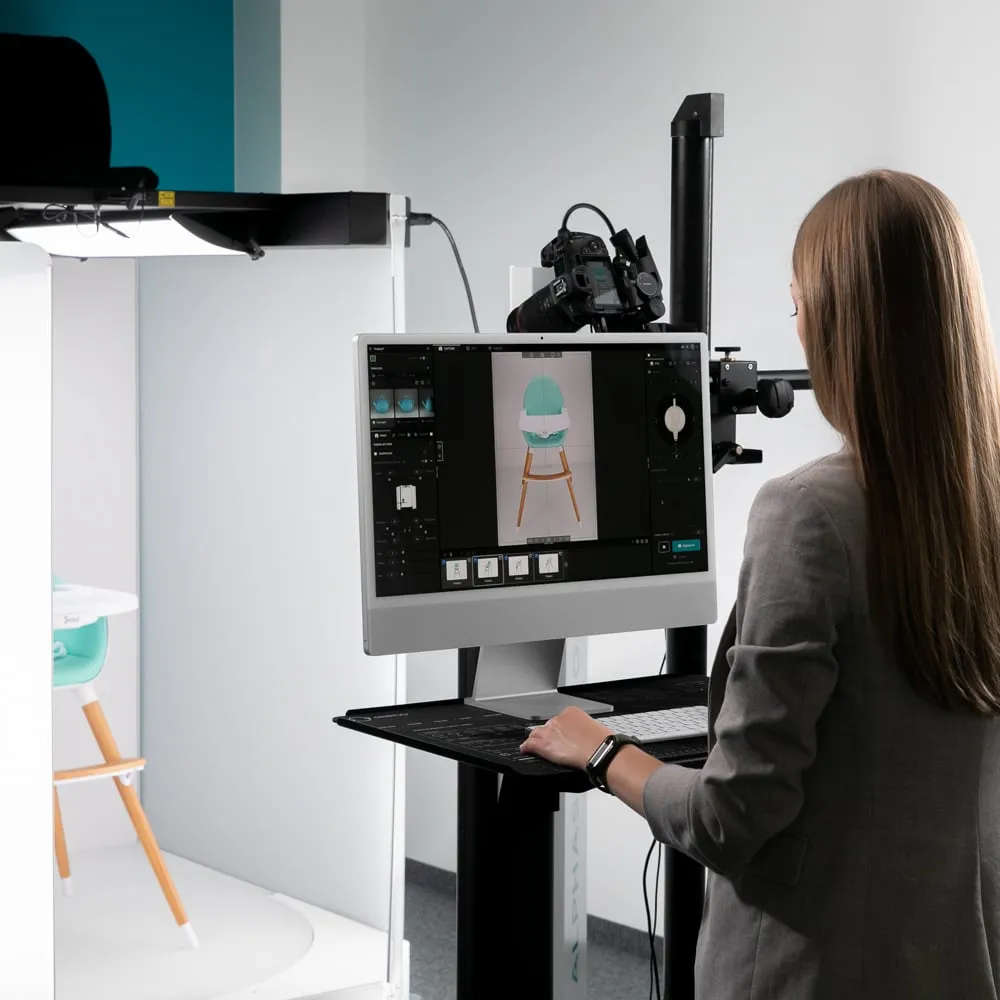

The complete guide to packshot photography, 3: how to highlight your products
Welcome to the third article in our series. The complete guide to packshot photography. Today, we are going to dive into the specificities of each type of product and how to effectively highlight them in photography. We are going to talk about textures, of reflections, of transparency, of shape, of dimensions and much more.
The aim of packshot photography is to accurately and neutrally represent a product while showcasing it, so that the customer can get an accurate idea of the product before ordering it. It is essential to really understand the specificities of your product, in order to determine the main characteristics to highlight, the challenges of shooting and above all, what customers are looking for and need to see.

Sensory marketing: a key concept for understanding the challenges
Businesses evolve in a world where digitalization is omnipresent. This evolution allows for increased visibility, but poses a major challenge: how to sell online when customers can no longer see, touch, smell or try the products?
The sensory marketing aims to stimulate consumers' senses to create a tangible and memorable shopping experience. In packshot photography, it is a question of faithfully transcribing every detail: light, nuances, colors, contrasts, in order to recreate a sensory experience via a simple image.
For example, how do you capture all the angles and intricate details of a sports shoe like a Nike sneaker in order to provide an immersive and realistic visual experience for the customer?
Identify product specificities in order to valorize them
Each product has its own photography challenges:
- Dimensions: Small objects that require macro photography or large products that require specific space and angles.

- Weight: Stabilization required, especially for light products.
- Shape: Special support for jewelry, use of manikins for clothing.

- Texture: Crucial for arousing visual tactile sensations.

- Reflections: Techniques to avoid unwanted reflections on shiny products.
- Specific characteristics: Importance of angles and media choice to highlight unique features.

Automated photo studios: the ideal solution
Investing in an automated photo studio can greatly simplify these challenges. For example:
- Alphashot Micro v2 : specially designed for macro photography of jewelry and precious stones.
- Fashion Studio : suitable for clothing, allowing shots on models or models.

These studios work with the intuitive software Orbitvu Station, allowing settings to be saved and reused.
Specificities and solutions by sector
Watches, Jewelry, Jewelry and Goldsmithing (HBJO)
- Macro lens required
- Reflection management and invisible maintenance

Recommended studio: Alphashot Micro v2
Eyeglasses
- Avoid reflections
- Transparency Management

Recommended studios: Alphashot Micro v2, Alphashot 360
Fashion clothing and accessories
- Choice between Flat Lay And mannequin
- Accurate capture of textures and colors

Recommended studios: Alphatable, Alphadesk, Fashion Studio, Alphastudio XXL
Furniture
- Space management and accurate representation

Recommended studios: Alphastudio Compact, E-Comm Studio+
New how-to guides and tutorials
To help you, discover our new detailed tutorials:
- How to photograph glasses for e-commerce?
- How do I clean a watch before a photo shoot?
- How do you position a watch before a photo shoot?
- What equipment should you choose for jewelry photography?
- How do you focus stacking to photograph a ring?
- How do you focus stacking to photograph a bracelet?
- How do you take a clear photo of a bottomless piece of jewelry?
- How do you take multi-angle photos of shoes?
- What settings should I make to photograph jewelry?
- Color conversion on your product photos
- Create a 360° jewelry animation using the focus stacking technique
- Create a 360° animation for shoes
- How do I make a shoe video?
- How to highlight the texture of a product?
- How to enhance the texture of a lipstick with AI?
- How do you make a 360° animation of a transparent object?
- How do you get a perfect white background without clipping the product?
- How do you get consistent photos for an entire product collection?
- How to create a 360° video of an art object?
- How do I create an automatic multi-angle shot of an object?
- How do you get accurate colors in product photography?
- How do I use the Orbitvu AI Assistant to create 360° animations?
In our next article, we'll help you choose the media that best suits your needs (still photo, 360° animation, video).



